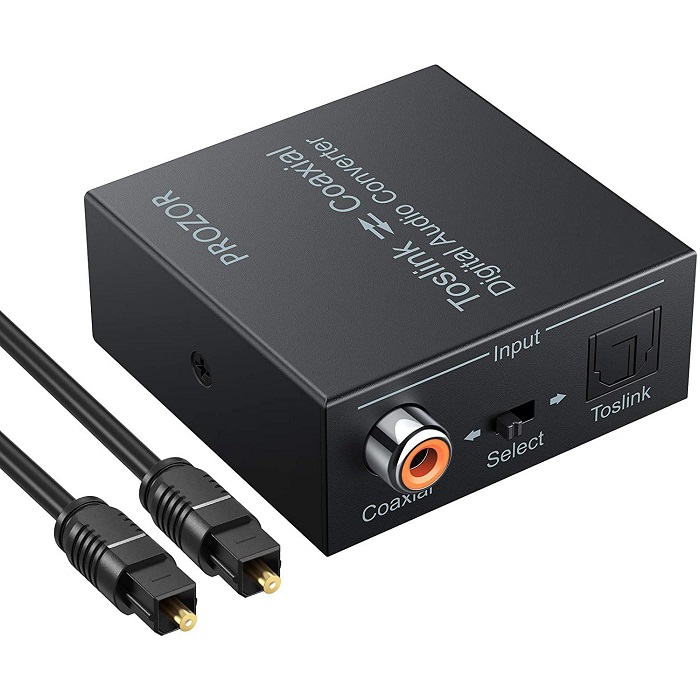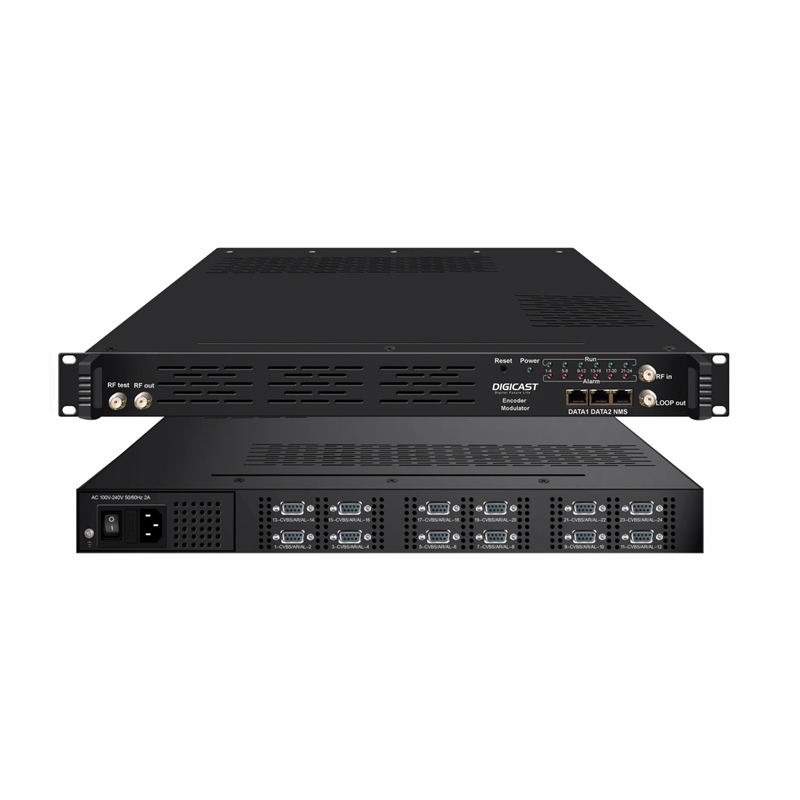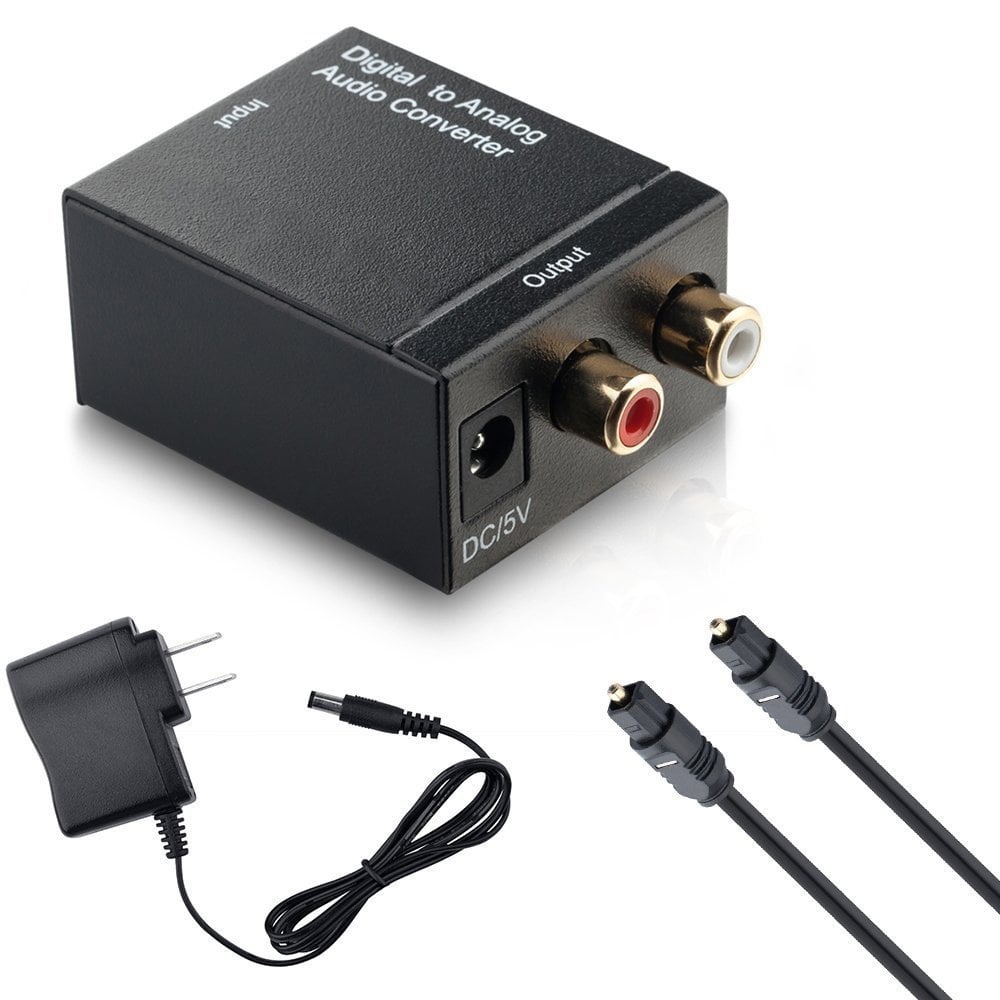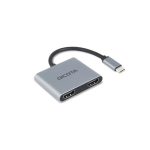Contents
Understanding HDMI Modulators
Before selecting the best HDMI modulator, it’s essential to understand what they are and how they function. HDMI modulators convert digital signals from HDMI sources into a format compatible with coaxial cables. This lets you send high-definition content over long distances without signal loss. It’s a great solution for sharing media in multi-device environments like hotels or schools.
When shopping for an HDMI modulator, you should consider its resolution support. Ensure it matches or exceeds your desired video quality. Look for modulators that support high-definition resolutions, such as 1080p or 4K. The modulator’s ability to handle different audio standards is also crucial. A device that supports Dolby Digital or DTS ensures that sound quality isn’t compromised.
Connectivity options matter as well. A model with multiple HDMI inputs allows you to switch between different sources effortlessly. Some modulators come with remote control features, adding convenience. Lastly, ensure to check if the modulator includes an RF output power adjustment function. This feature is helpful for controlling the strength of the signal being broadcasted to various televisions or monitors.
To sums up, understanding what HDMI modulators do and their key characteristics is the starting point for choosing the best one to fit your needs. Resolution and audio support, connectivity options, and signal control features are all important considerations in your decision-making process.
Key Features to Look For
When seeking the best HDMI modulator, pay attention to certain key features. These will ensure you get the most out of your device. Here’s what to watch for:
- High-Resolution Support: The modulator must handle the highest resolution you plan to use. A 4K support is ideal for future-proofing.
- Audio Standard Compliance: Choose a modulator that supports advanced audio standards like Dolby Digital or DTS. This preserves sound quality alongside high-definition visuals.
- Multiple HDMI Inputs: More HDMI inputs mean more devices you can connect. Select a modulator that offers this flexibility.
- RF Output Power Adjustment: This feature allows you to manage the signal strength to your displays. It’s vital for multi-screen setups.
- Remote Control Capability: A modulator with a remote simplifies switching between inputs. It adds ease to your media control.
- Durability and Build Quality: A sturdy build means your modulator will last longer. Look for devices known for their durability.
- User-Friendly Interface: Opt for a modulator with an intuitive interface. This makes setup and management straightforward.
- Brand Reputation and Support: Consider buying from a reputable brand. Good customer support can save you headaches later on.
Prioritize these features when comparing HDMI modulators. The right combination will offer you both performance and convenience.
Comparing Different Types of HDMI Modulators

When looking at the best HDMI modulator options, it’s worth comparing different types. Each type offers unique benefits. Consider these types when making your choice:
- Standalone Modulators: These are single units. They work with one HDMI source at a time. Standalone modulators fit well for simple setups.
- Rack-Mounted Modulators: For professional environments or complex systems, rack-mounted modulators are ideal. They support multiple HDMIs and offer robust build quality.
- Network-Enabled Modulators: These types can connect to a network. You can manage them remotely. Network-enabled modulators are great for larger installations.
- USB-Powered Modulators: Portable and easy to move, USB-powered modulators require no external power source. They are good for travel or temporary setups.
Consider how each type aligns with your setup. Think about the number of sources, space, and the level of control you need. Choose a modulator type that fits your specific situation. Don’t forget to check for key features within each type. Look for high-resolution support and multiple HDMI inputs in your chosen type. Also, ensure they have a user-friendly interface. The best HDMI modulator for your needs should make life easier, not more complicated.
Installation Process and Technical Requirements
Installing the best HDMI modulator begins with understanding the technical requirements. Here’s a simple guide:
- Check Compatibility: Make sure the HDMI modulator is compatible with your devices. Look at resolution and audio standards.
- Review the Manual: Always read the user manual. It will have specific instructions for your modulator model.
- Connect to a Power Source: Plug your modulator into a stable power outlet. Ensure that it has consistent power.
- Attach HDMI Cables: Connect your HDMI source to the modulator’s input. Then, connect the modulator’s output to your display or network.
- Set Up on the Network: If your modulator is network-enabled, connect it to your local network. Follow instructions for network settings.
- Configure Settings: Use the interface to adjust resolution, audio, and RF output power. Make sure they match your desired output.
- Test the Signal: Send a signal through the modulator to your display. Check for clarity and audio quality.
- Secure the Installation: If using a rack-mounted modulator, ensure it’s securely fitted in the rack. For standalone units, place them in a stable location.
- Get Technical Support if Needed: If you encounter any issues, reach out to the manufacturer’s support team.
Remember, the installation process for the best HDMI modulator should be straightforward. Use the right tools and follow the instructions carefully. Good technical knowledge helps, but customer support is there if you need it.
Compatibility Considerations

Before purchasing the best HDMI modulator, compatibility is key. It ensures smooth integration with your existing setup. Here are the core considerations to bear in mind:
- Device Compatibility: Verify the modulator works with all your devices. This includes TVs, projectors, and any media sources you plan to use.
- Resolution Compatibility: Match the modulator resolution to your devices. If your TV supports 4K, choose a 4K capable modulator.
- Audio Compatibility: Confirm the modulator handles your desired audio formats. Whether it’s stereo or surround sound, don’t overlook this detail.
- Cable Compatibility: Coaxial cables vary. A modulator must fit the type you have in your setup.
- Network Compatibility: For network-enabled modulators, ensure they work with your network settings and hardware.
- Power Source Compatibility: Some modulators need specific voltage or power setups. Check if the modulator fits your available power sources.
By considering these compatibility aspects, the best HDMI modulator will fit seamlessly into your system without issues.
Cost-Benefit Analysis of Top HDMI Modulators
When selecting the best HDMI modulator, consider cost versus benefits. A cost-benefit analysis helps you decide if an HDMI modulator offers value for money. Reflect on the following points:
- Initial Cost: HDMI modulators vary in price. Assess if the initial cost aligns with the modulator’s features and your budget.
- Long-Term Benefits: Consider the longevity of the device. A higher-priced modulator might offer a better build quality and longer lifespan.
- Supported Resolutions: Ensure the cost matches the resolution support. You might pay more for 4K support, but it can be worth it for future-proofing.
- Multiple Inputs and Outputs: More inputs and outputs can raise the price. Judge if this versatility justifies the extra cost.
- Network Features: Network-enabled devices often cost more. Decide if remote management is a necessary feature for your setup.
- Brand and Warranty: Investing in a reputable brand might be more expensive. However, a good warranty and customer support can be advantageous.
- Potential Savings: By distributing a signal to multiple displays, save on the cost of individual media players or extra wiring.
- Ease of Use: A user-friendly interface can reduce setup and maintenance time. Weigh if this saves enough time to be considered cost-effective.
This analysis should take into account the specific features detailed earlier, such as audio standard compliance, RF output power adjustment, and remote control capability. Look at what each HDMI modulator offers. The goal is to ensure that you’re getting the best return on investment. Find a balance between cost and the features you truly need for your setup.
Common Uses and Applications

Understanding the versatile uses and applications of the best HDMI modulator will help you gauge its relevance to your needs. Here’s where these devices prove most useful:
- Home Entertainment Systems: Upgrade your home setup by connecting various HDMI devices and broadcasting to multiple TVs.
- Educational Institutions: Ideal for schools and universities, modulators allow for sharing educational content across different classrooms or halls.
- Digital Signage: Businesses use HDMI modulators for advertising and information displays in high-traffic areas.
- Conference Centers: In venues hosting multiple events, modulators send tailored content to specific areas.
- Healthcare Facilities: Hospitals and clinics benefit from modulators by disseminating information and entertainment to patient rooms.
- Hospitality Industry: Hotels and cruise ships provide in-room entertainment options or information channels to guests.
Each use case demonstrates the importance of key features like resolution support, multi-HDMI inputs, and audio compliance. This ensures that the best HDMI modulator caters to both your current and future demands, offering exceptional versatility in a variety of settings. With proper installation and compatibility considerations, these devices streamline the distribution of HD content wherever needed.
Troubleshooting and Maintenance Tips
To keep your best HDMI modulator running smoothly, consider these troubleshooting and maintenance tips:
- Regular Firmware Updates: Check for software updates from the manufacturer. They can fix bugs and improve performance.
- Routine Checks: Regularly test the HDMI outputs and coaxial connections. This can prevent signal loss or interference.
- Dust-Free Environment: Keep the modulator in a clean area. Dust can cause overheating or connection issues.
- Proper Ventilation: Ensure your modulator has enough space around it for airflow, to prevent overheating.
- Secure Connections: Tighten HDMI and coaxial cables periodically. Loose connections could degrade the signal quality.
- Power Surges Protection: Use surge protectors to safeguard against electrical spikes that can damage the modulator.
- Professional Assistance: If complex issues arise, seek help from a qualified technician.
By following these simple tips, you can extend the life of your HDMI modulator and maintain consistent performance.

